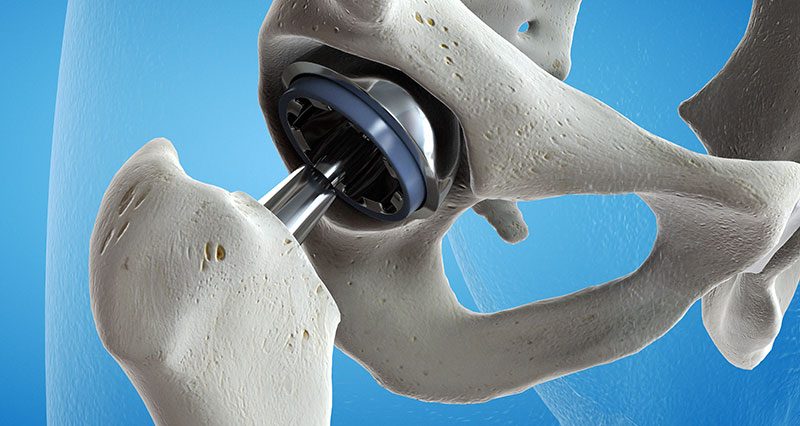Hip replacement and hip resurfacing are two surgical procedures for hip joint problems. They differ in their approach and application.
Hip replacement
Hip replacement surgery involves removing the damaged parts of the hip joint and replacing them with artificial components. In this procedure, the surgeon replaces the head of the femur (thigh bone) and the acetabulum (socket) with metal or ceramic implants. Also, they may fit the stem of the new implant into the femur bone with cement or without it.
Hip resurfacing
Hip resurfacing is a bone-conserving alternative to hip replacement that involves reshaping and capping the head of the femur with a smooth metal covering. Unlike hip replacement, hip resurfacing preserves more of the patient’s natural bone. This makes it a preferred option for younger and more active patients who may need to undergo additional hip surgeries in the future.
However, hip resurfacing is not suitable for all patients. Its success depends on several factors, including:
- The size and shape of the femoral head
- Patient’s bone density
- Extent of damage to the hip joint.
Additionally, there are some risks associated with both procedures, including infection, dislocation, and blood clots.
Ultimately, the choice between hip replacement and hip resurfacing will depend on a variety of factors, including the patient’s age, activity level, and the severity of their hip joint problems. It’s important to discuss these options with your orthopedic surgeon to determine which procedure is the most appropriate for you.
